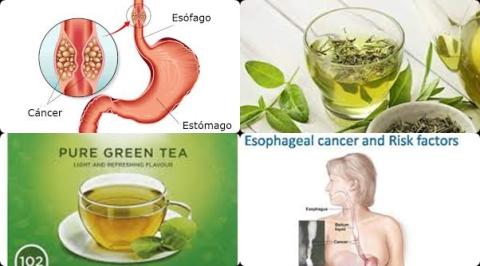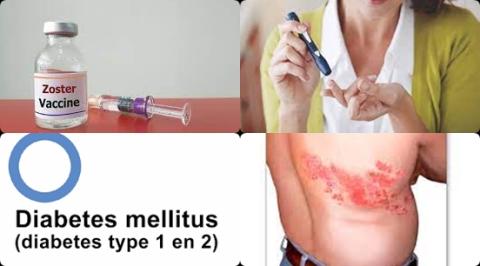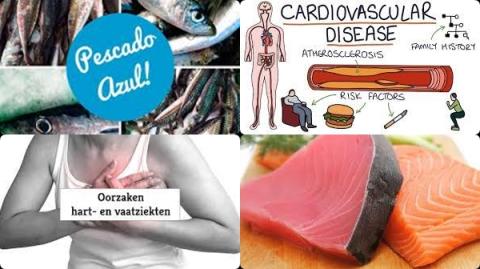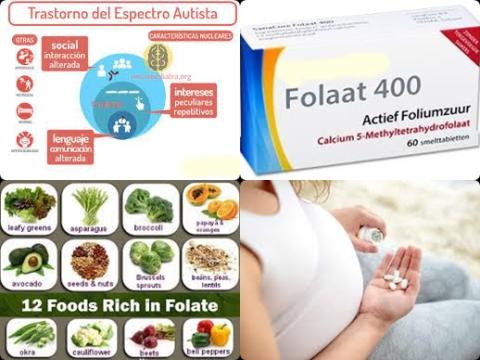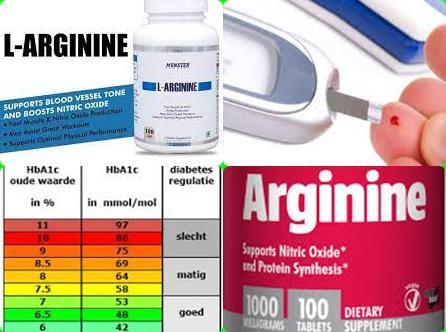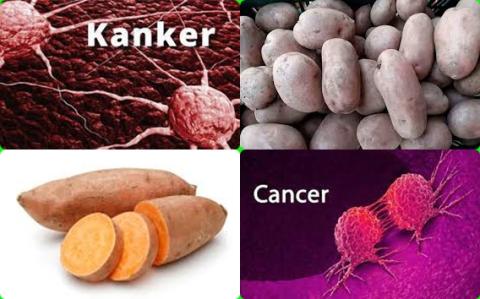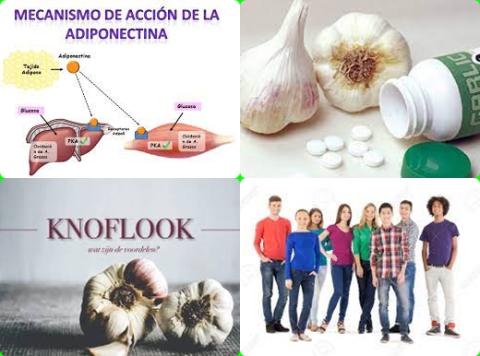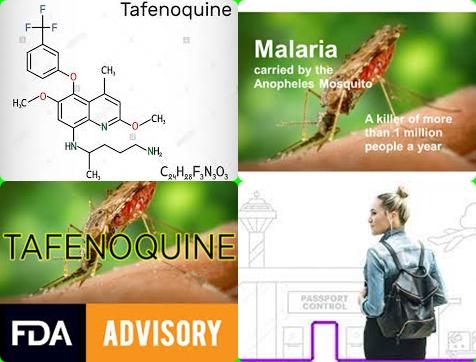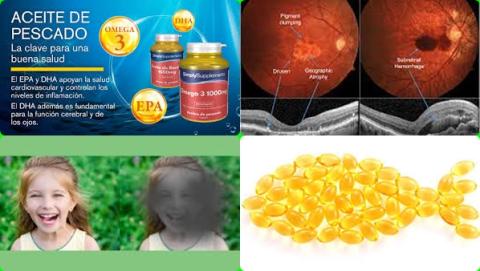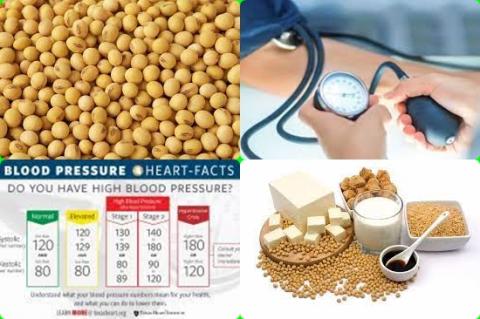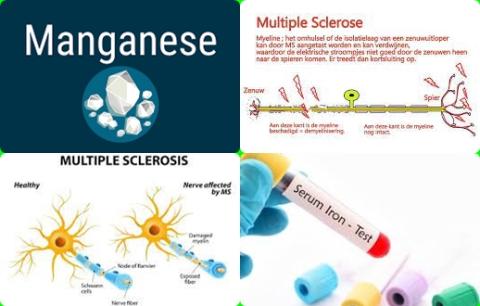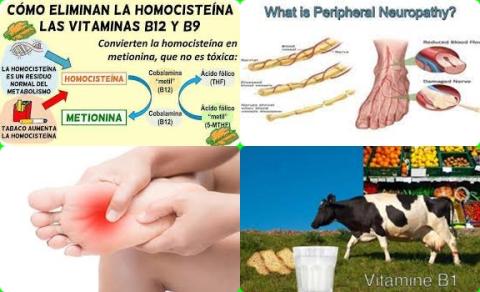Most prevalent neurological comorbidity in COVID-19 is cerebrovascular disease
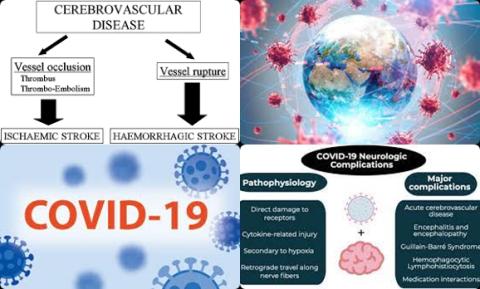
Objectives:
Recently, it has been shown that coronavirus disease 2019 (COVID-19), which has caused a pandemic since December 2019, can be accompanied by some neurological disorders and therefore, this review article has been conducted.
What are the most prevalent neurological manifestations of COVID-19 infection?
Study design:
This review article included 26 observational studies and 31 case reports with a total of 6,597 COVID-19 patients.
Results and conclusions:
The investigators found the most prevalent general symptoms were fever, cough and dyspnea with 84.6% [95% CI = 75.3 to 92.1, I2 = 98.7%], 61.3% [95% CI = 55.3 to 67.0, I2 = 94.6%] and 34.2% [95% CI = 25.6 to 43.4, I2 = 97.7%], respectively.
The investigators found neurological symptoms observed among COVID-19 patients were fatigue, gustatory dysfunction, anorexia, olfactory dysfunction, headache, dizziness and nausea with 42.9% [95% CI = 36.7 to 49.3, I2 = 92.8%], 35.4% [95% CI = 11.2 to 64.4, I2 = 99.2%], 28.9% [95% CI = 19.9 to 38.8, I2 = 96.3%], 25.3% [95% CI = 1.6 to 63.4, I2 = 99.6%], 10.1% [95% CI = 2.7 to 21.0, I2 = 99.1%], 6.7% [95% CI = 3.7 to 10.5, I2 = 87.5%] and 5.9% [95% CI = 3.1 to 9.5, I2 = 94.5%], respectively.
The investigators found the most prevalent neurological comorbidity in COVID-19 was cerebrovascular disease with 4.3% [95% CI = 2.7 to 6.3, I2 = 78.7%].
The investigators concluded the most prevalent neurological manifestations of COVID-19 include fatigue, gustatory dysfunction, anorexia, olfactory dysfunction, headache, dizziness and nausea. Cerebrovascular disorders can either act as a risk factor for poorer prognosis in COVID-19 patients or occur as a critical complication in these patients. Guillain-Barre syndrome, encephalitis and meningitis have also been reported as complications of COVID-19.
Original title:
Neurological Symptoms, Comorbidities, and Complications of COVID-19: A Literature Review and Meta-Analysis of Observational Studies by Vakili K, Mobina Fathi M, […], Rezaei-Tavirani M.
Link:
https://pubmed.ncbi.nlm.nih.gov/34044408/
Additional information of El Mondo:
Find more information/studies on cerebrovascular disease and coronavirus right here.
